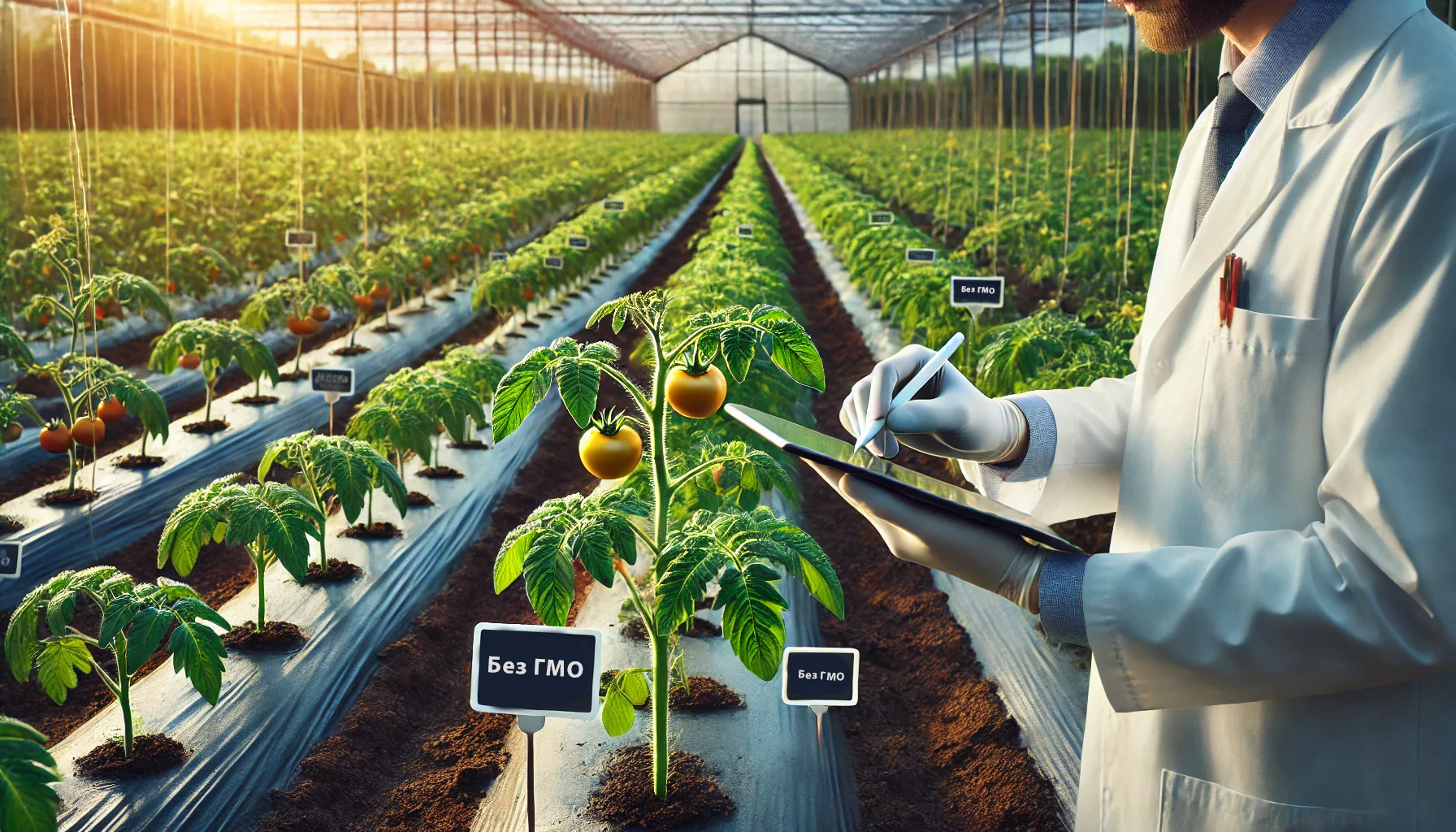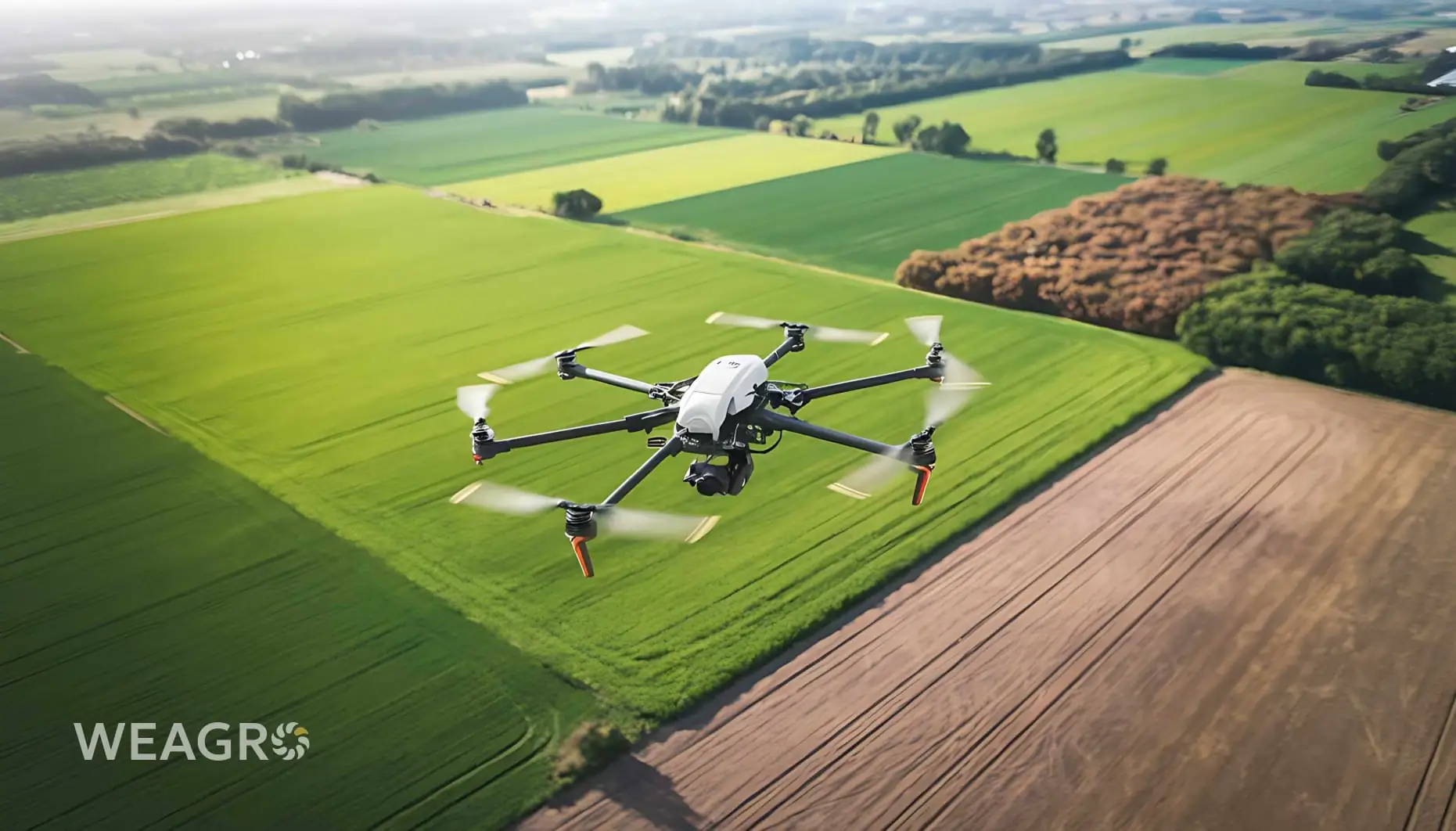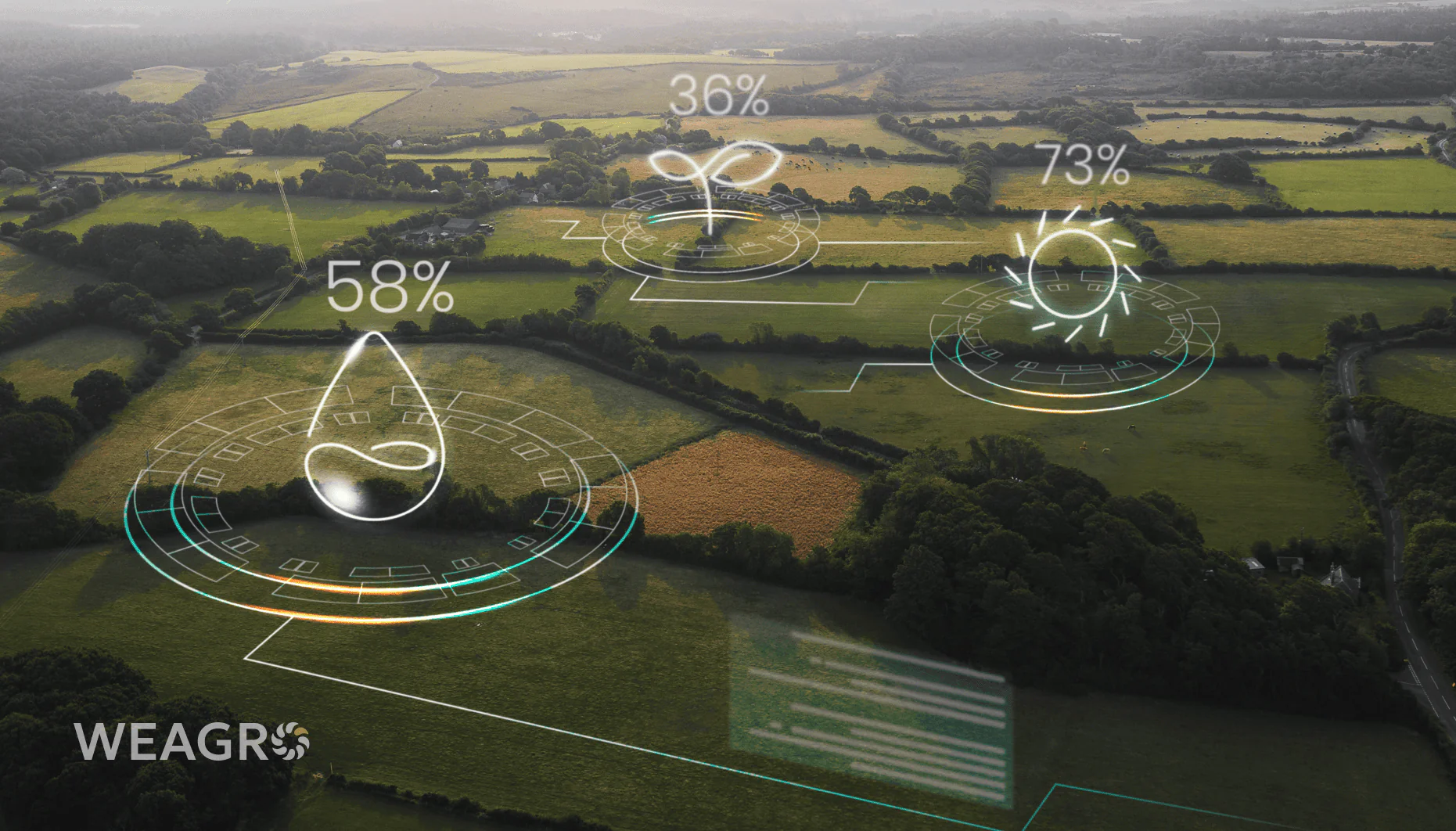GMOs are a topic that sparks much debate in society. In this article, we will explore what genetically modified organisms are, which crops are currently grown in Ukraine, and examine the positive and negative aspects of using GM varieties for local farmers.
What are Genetically Modified Organisms (GMOs)
First, let’s define what GMO means. GMOs are organisms whose genetic material has been modified using genetic engineering methods. Unlike traditional breeding, which takes many generations to achieve desired results, modification technologies allow creating crops with desired characteristics in the current generation.
The first GMOs appeared in the 1970s. Since then, genetically modified crops have become widely spread worldwide.
GMOs in Ukrainian Agriculture
The main purpose of GMO practices in Ukraine is to improve the beneficial properties of crops to reduce production costs. Genetic modification allows plants to acquire the following characteristics:
- Herbicide resistance. This enables effective weed control without damaging cultivated plants. For example, GM varieties of soybeans and corn resistant to the herbicide glyphosate (Roundup) have become widespread globally.
- Pest resistance, which reduces the need for insecticides. A prime example of such GMOs is Bt crops (cotton, corn, soybeans) containing the Bacillus thuringiensis bacterial gene, which ensures the synthesis of proteins toxic to certain insect pests.
- Resistance to viruses, fungi, and various plant pathogens. This allows reducing the use of fungicides and other crop protection products. For example, GM varieties of potatoes and tomatoes resistant to late blight have been developed.
- Increased yield, improved consumer properties. GM technologies enable increasing the content of valuable substances (vitamins, microelements) in products, improving taste, extending shelf life, etc. An example of such GMOs is rice varieties with increased beta-carotene content (vitamin A precursor), known as “golden rice.”
In Ukraine, the situation with GM products is defined – to reduce GMO harm and synchronize Ukrainian and European legislation regarding GM products, on August 23, 2023, the Parliament adopted a new Law “On State Regulation of Genetic Engineering Activities and State Control over the Circulation of Genetically Modified Organisms and Genetically Modified Products to Ensure Food Security,” which will come into force on September 16, 2026.
De facto, Ukrainian farmers have been unofficially growing genetically modified soybeans, rapeseed, corn, and other crops for several years. According to the
Advantages of Using GMO Crops
The main advantages of growing GM crops for Ukrainian farmers:
- reduced costs for plant protection products due to GMO resistance to pests, diseases, and weeds;
- ability to grow crops on soils previously considered unproductive;
- improved environmental situation due to reduced pesticide use;
- increased yield and production profitability;
- increased content of beneficial substances in agricultural products.
Read also: Product profitability: what it is and how to calculate the indicator
According to a study conducted by scientists from the University of Bonn (Germany) and published in Trends in Plant Science, wider use of genetically modified crops in EU agriculture could prevent the emission of 33 million tons of CO2 and reduce total annual emissions from the agricultural sector by 7.5%. Additionally, higher yields of GM crops in Europe could reduce imports of soybeans and corn from countries where forests are being cut down to expand cropland.
Challenges in Using GMOs in Ukraine

Along with advantages, the use of GM varieties comes with certain challenges and potential risks:
- Potential threat to biodiversity due to uncontrolled transgene spread. To prevent this, careful monitoring of GMO circulation is needed. Also important are monitoring their environmental impact and compliance with rules for coexistence of GM crops with traditional varieties and organic production.
- Possible emergence of “superweeds” due to the transfer of herbicide resistance genes from GM plants to wild relatives. This can create problems for weed control and require the use of more toxic weed control agents.
- Risk of seed market monopolization by transnational companies producing genetically modified organisms. This can lead to increased seed prices and reduced variety diversity.
- Controversial public perception of GMOs, affecting agricultural export opportunities. Ukraine and the EU have strict restrictions on GM product imports. Therefore, growing GMOs may create risks for export-oriented farms.
To avoid these challenges, the use of GM products requires scientifically based regulation at the state level. In particular, it is necessary to implement registration of GM varieties, control over their cultivation and circulation, as well as labeling of products containing GMOs.
Ukraine has a Law “On the State Biosafety System for Creating, Testing, Transporting and Using Genetically Modified Organisms.” According to this law, GMOs can be released into the open environment only after state examination of their impact on the environment and human health.
However, in practice, these norms are not always followed. Therefore, the primary task is to establish effective control over GM variety circulation and strengthen responsibility for violations in this area.
In the face of such serious challenges, it’s important for farmers to have reliable financial instruments for farm management. The WEAGRO online service offers an innovative solution for agricultural suppliers, allowing them to increase sales volumes and attract new clients through a convenient installment payment system. Suppliers receive funds immediately, avoid currency risks, and can effectively scale their business without additional working capital burden. Such support is particularly important for developing sustainable and legal agricultural production in Ukraine.
GMO Crops in Ukraine
Ukraine has established a clear control system for genetically modified organisms through the new specialized law. The State Commission for GMO Risk Assessment has become the key regulatory body.
The legislation introduces strict restrictions on GM crops:
- prohibition of GM corn research in open systems;
- 5-year moratorium on growing GM sugar beets and rapeseed;
- mandatory “Contains GMO” labeling for GMO content above 0.9%;
- controlled import and export of GM products.
Clear sanctions are established for violations:
- Fines for legal entities – 10-20 minimum wages.
- For individual entrepreneurs – 5-10 minimum wages.
- Double fines for repeated violations.
The law also notes that Ukraine’s accession to the European Union will lead to significant changes in GMO regulation. There will be:
- Cancellation of the national GMO registration system.
- Transition to the European permit system.
- Expansion of international cooperation.
- Harmonization of technical regulations with EU standards.
These changes will create transparent conditions for working with GMOs while maintaining high standards for human health and environmental safety.
Impact of GMOs on Human Health
The main concern about genetically modified organisms relates to their potential negative impact on human health. However, there is currently no conclusive scientific evidence of GMO harm.
According to a report by the European Commission, which summarized results from 130 research projects over 25 years, involving more than 500 independent research groups, no scientific evidence was found that GM crops pose a greater risk to the environment or food and feed safety than conventional plants and organisms.
Meanwhile, the EU has strict rules for labeling products containing genetically modified organisms. According to Ukrainian legislation, manufacturers are also required to indicate GM content on packaging if it exceeds 0.9%. Therefore, consumers can consciously choose products with or without GM ingredients.
Prospects for Growing Genetically Modified Crops in Ukraine
Growing GMOs in Ukraine has significant potential. Genetically modified varieties can increase crop production efficiency, especially under climate change conditions.
However, to realize this potential, several tasks need to be addressed:
- create a transparent and scientifically based system for regulating GM crop circulation;
- increase farmer and consumer awareness about genetically modified organisms;
- establish a monitoring and control system for GM crop cultivation to minimize environmental risks;
- develop public-private partnerships in research and innovation.
A promising direction is also the use of new approaches to genetic modification, particularly genome editing methods (CRISPR). Unlike “classical” GMOs, these organisms may not fall under restrictions. This opens new opportunities for breeding crops with resistance to drought, diseases, pests, etc.
Thus, the development of GM crops in Ukraine requires a balanced and scientifically based approach. With proper regulation, genetically modified crops can become an effective tool for improving productivity and sustainability of local agribusiness.
The WEAGRO online service offers Ukrainian farmers innovative solutions to increase farming efficiency. The service allows farmers to purchase production inputs with deferred payment, without collateral and excessive documentation. This is particularly relevant for small and medium-sized farms seeking to implement modern agricultural technologies.









